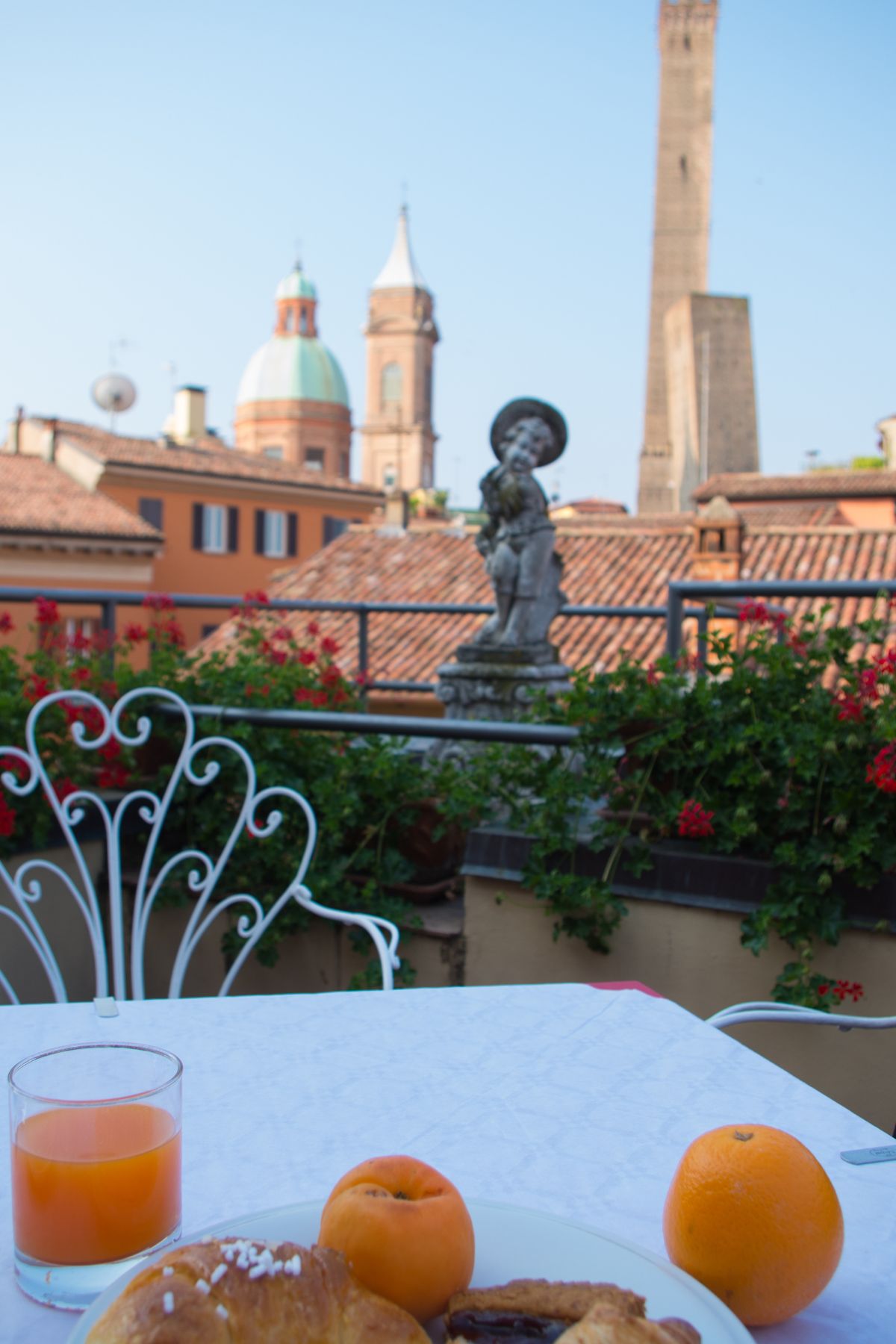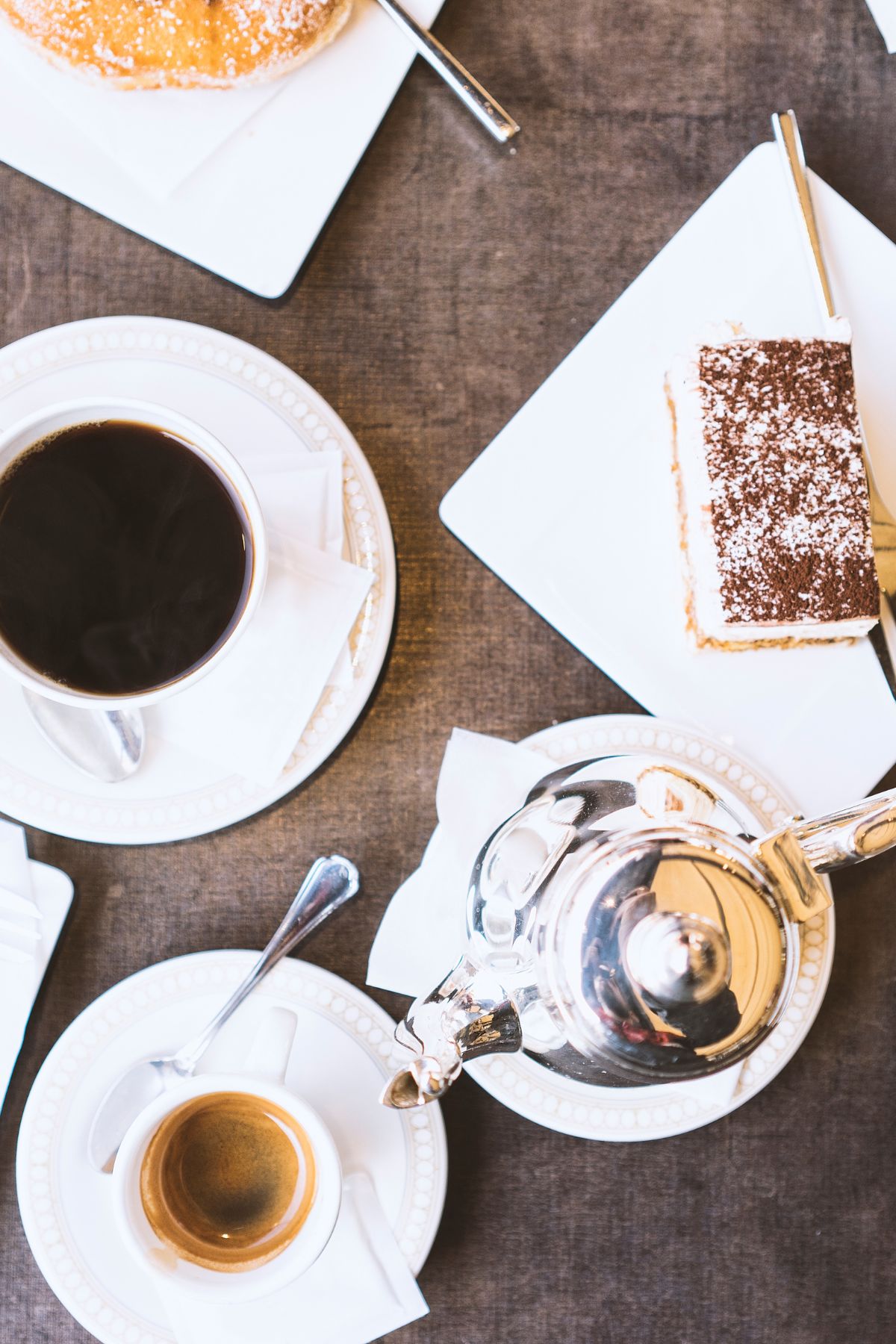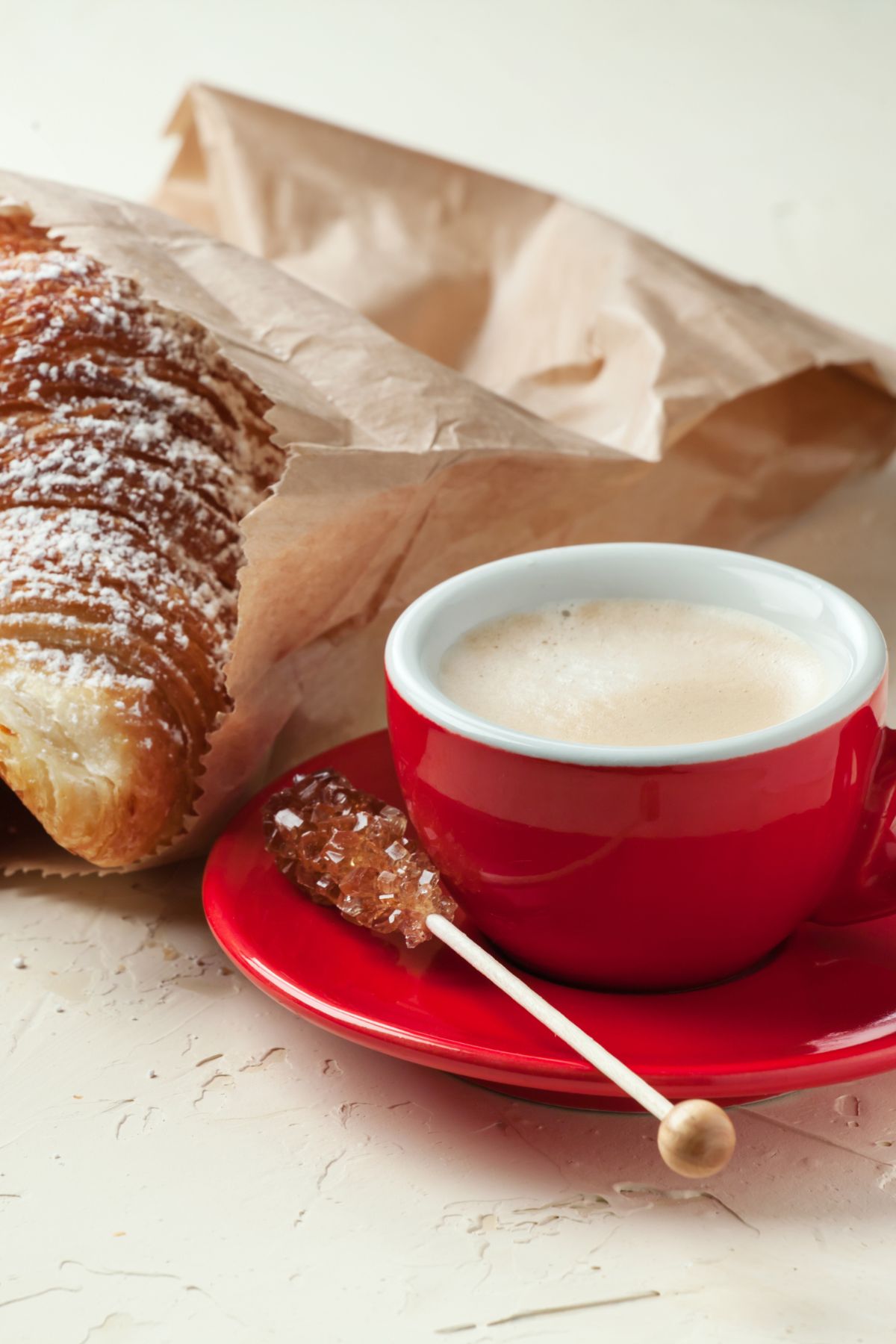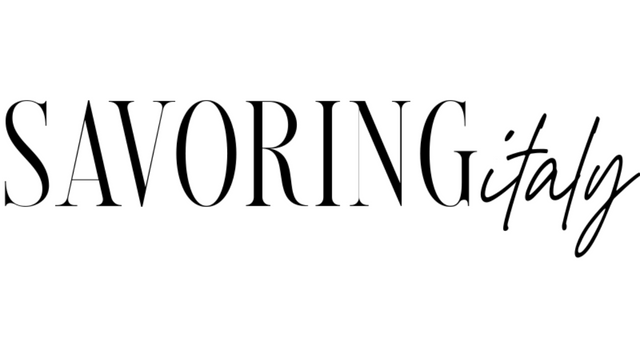In Italy, breakfast is done a little differently. Rather than the traditional American breakfast of eggs, bacon, and toast, Italians prefer a lighter meal that is often composed of coffee and pastries. A typical Italian breakfast could include a cappuccino or espresso with some cornetti (Italian croissants) or brioche.

Jump To
- What to Expect at an Italian Breakfast
- Popular Items for an Italian Breakfast
- Italian Breakfast To Go
- How to order coffee in Italy for breakfast
- Where to Find Traditional Italian Breakfasts
- Tips for Making a Delicious and Authentic Italian Breakfast at Home
- Recipes for Popular Italian Breakfasts Dishes
- FAQ'S
What to Expect at an Italian Breakfast
In Italy, do not expect pancakes or waffles. Italians usually prefer a lighter breakfast than the traditional American-style meal comprising eggs, bacon, and toast.
A classic Italian morning might include an espresso or cappuccino accompanied by some cornetti (Italian croissants) with jam or Nutella to sweeten them up!

In Italian homes, coffee, tea and hot cocoa milk are the standard breakfast beverages for adults and children alike. As far as food is concerned, toast with butter and jam along with cookies or cereal tend to be the staples of an Italian morning meal.
Italians also like to eat homemade crostata or other fresh pastries and cakes such as plum cake, panettone, sfogliatelle, crostata di marmellata, and cannoli.
Hotel breakfasts are designed to please international travelers, they will likely offer eggs, bacon, fruits, yogurt, pancakes, croissants, and other typical items. Usually expect it to be buffet style.

Popular Items for an Italian Breakfast
1. Cappuccino: This traditional Italian breakfast item is made of espresso and hot milk, creating a creamy and delicious beverage. To make a cappuccino, use one part espresso to one part steamed milk, with the milk frothed until it is thick and creamy.

2. Pane, burro e marmellata: Toast with butter and jam is a classic Italian breakfast item. The bread can be toasted white or whole wheat, while the jam can be anything from apricot to raspberry.
If you're ever in Italy, know that there's a variety of breads to choose from. Depending on where you are, the bread may differ: 'rosette' is served in Rome; focaccia can be found in Genoa (not for breakfast); and darker wholegrain loaves are more common up north near the Alps.
Plus, the majority of Italian bread is freshly-made—sliceable for toast (pan carre', pane da toast or pane in cassetta) or rolls simply referred to as "pane". With all these options available across Italy, it should come as no surprise why Italians have such a passion for their beloved carb!
3. Cornetti: A classic breakfast item, these croissants are made with butter and are usually filled with either Nutella or jams like apricot or raspberry.

4. Brioche: This sweet bread is made with butter and eggs, making it very light and fluffy.
5. Sfoligatelle: This pastry is made with ricotta cheese, sugar, and lemon zest. It is typically found in Napoli.
6. Crostata- This is a type of buttery tart that can be filled with a variety of different jams or custards. Basically, the Italian version of the American pie.
7. 'Fette biscottate': a classic Italian breakfast delicacy, is one of those rare treats that can be hard to find outside the country. These pre-packaged toasts have a mild flavor and come with low calorie content - perfect for pairing with butter and jam!

8. Biscotti -are not only surprisingly scrumptious, but also have grown immensely in popularity over the past few years. There's an abundance of varieties to choose from such as plain, whole grain and multi-grain biscotti that can be found on the market today!
Perfect for spreading butter or jam with breakfast time or Nutella as a snack; their name originates from bis-cotto which translates to 'cooked twice', hinting at their dry texture and crunchy bite.
9. Italian cookies (found in super markets)- Gentilini is the most beloved brand of Italian cookies, with its plain and light flavors being particularly appreciated by young taste buds.
The Mulino Bianco line features a variety of delectable treats such as macine, galletti, and pan di stelle that continue to delight mouths across Italy. Delicious regional confections round out the selection for those who prefer something more local.
10. Ciambella- A lot of bakeries sell ciambellas, which are essentially Italian donuts. Do not expect them to be like American donuts, they are more like a soft fried cake.
11. Milk- The favored variety of milk found on Italian breakfast tables is dairy, either full-fat (intero) or reduced-fat (scremato). Recently, a lot of places offer non-dairy options like almond milk, rice milk, oat milk, and coconut milk.
Italian Breakfast To Go
A common Italian breakfast to grab on the run includes a cappuccino paired with a cornetto, known as "colazione al bar" (breakfast at the bar).
This type of breakfast is most prominently seen in Italian bars or cafes during the morning hours. People often stand at the bar, enjoying a shot of espresso while indulging in an Italian croissant, donut, or another sweet baked treat.

Where to Find Traditional Italian Breakfasts
Traditional Italian breakfasts can be found at any local cafe or bakery. Most cafes in Italy have very good espresso and cappuccinos. Typically, an espresso is 1 euro and cappuccinos are under 3 euros. If you go earlier in the morning, the cornetti are a very fresh, and don’t forget to dip them in your cappuccino for even more flavor!
Keep in mind there are a lot of options in Italy for where to get breakfast, but not every place is good, and not every bakery makes fresh items that morning. So just be mindful of where you eat.
Pro tip: This past summer I tried the Italian McDonald's breakfast. They charged 1.70 euros for a brioche and a cappuccino. They also had a deal where they offered fresh orange juice, cappuccino, and brioche for 3.70 euros.
Overall, everything was super fresh and tasty, I personally am not a fan of Mcdonald's, however, I do like their Italian breakfast.
Tips for Making a Delicious and Authentic Italian Breakfast at Home
If you’re looking to make a traditional Italian breakfast at home, here are some tips for success:
1. Start with freshly brewed espresso - it’s the foundation of any good Italian breakfast!
2. Make sure to have a variety of pastries like cornetti and brioche on hand.
3. Fresh fruit and yogurt make a great accompaniment to the pastries.
4. A nice crostata, ciambella, or panettone makes a great Italian breakfast! I typically always make these for my family.
5. Use quality ingredients: Start with good-quality Italian espresso beans, butter, and flour to create a delicious breakfast spread.
Recipes for Popular Italian Breakfasts Dishes
An Italian breakfast offers a variety of flavors and textures that can be enjoyed by everyone. From the rich flavor of cappuccino to light pastries like cornetti, brioche, and cannoli filled with ricotta cheese or custard, there is something for every taste!
FAQ'S
A typical Italian breakfast often consists of a coffee, such as an espresso or cappuccino, accompanied by a pastry like a croissant or a piece of cake. It's usually a light meal.
In Rome, a typical Italian breakfast would usually include an espresso or cappuccino and a cornetto (an Italian croissant). Sometimes, Romans might opt for a small sandwich or biscuit along with their coffee.
To eat breakfast like an Italian, start your day with a strong coffee, like an espresso or cappuccino, and pair it with a pastry or a small snack. Keep it light and enjoyable to kickstart your morning.
Breakfast in Italy is typically enjoyed in the morning hours, generally between 7:00 AM and 10:00 AM. Italians tend to have a light and quick breakfast to fuel their day.
Eggs are not as common for breakfast in Italy compared to other countries. Italians often prefer lighter options like pastries, coffee, or fruit for their morning meal.
Tradition in Italy suggests that cappuccino is primarily a morning beverage, and many Italians prefer not to have it after 11:00 AM. It's believed that milk-based coffee can be heavy on the stomach later in the day, so Italians typically enjoy it during breakfast.
Whether you’re looking for restaurant-style dining or want to recreate an Italian breakfast in your own kitchen, these tips will help make sure you get the most out of this unique meal experience.



Leave a Reply